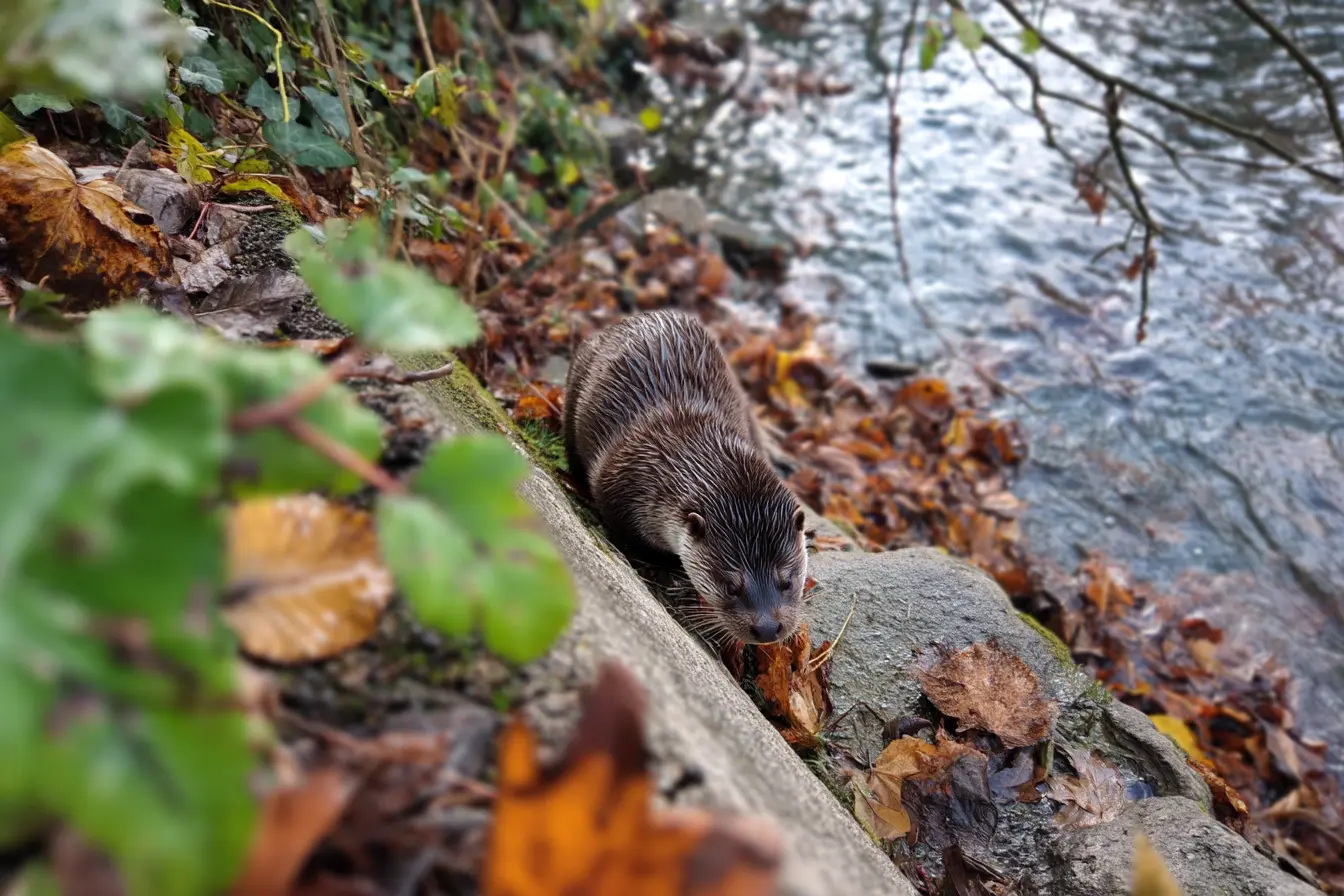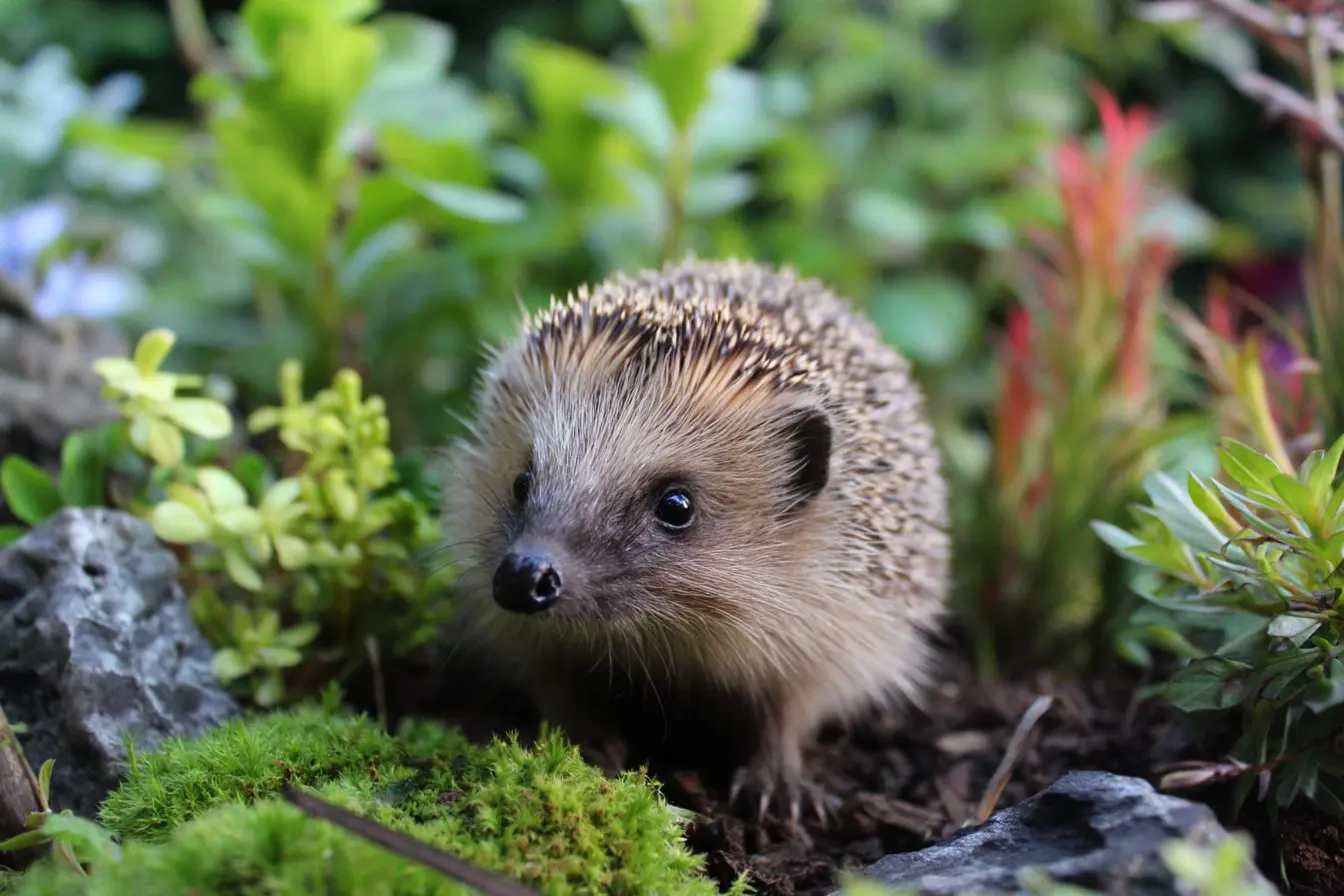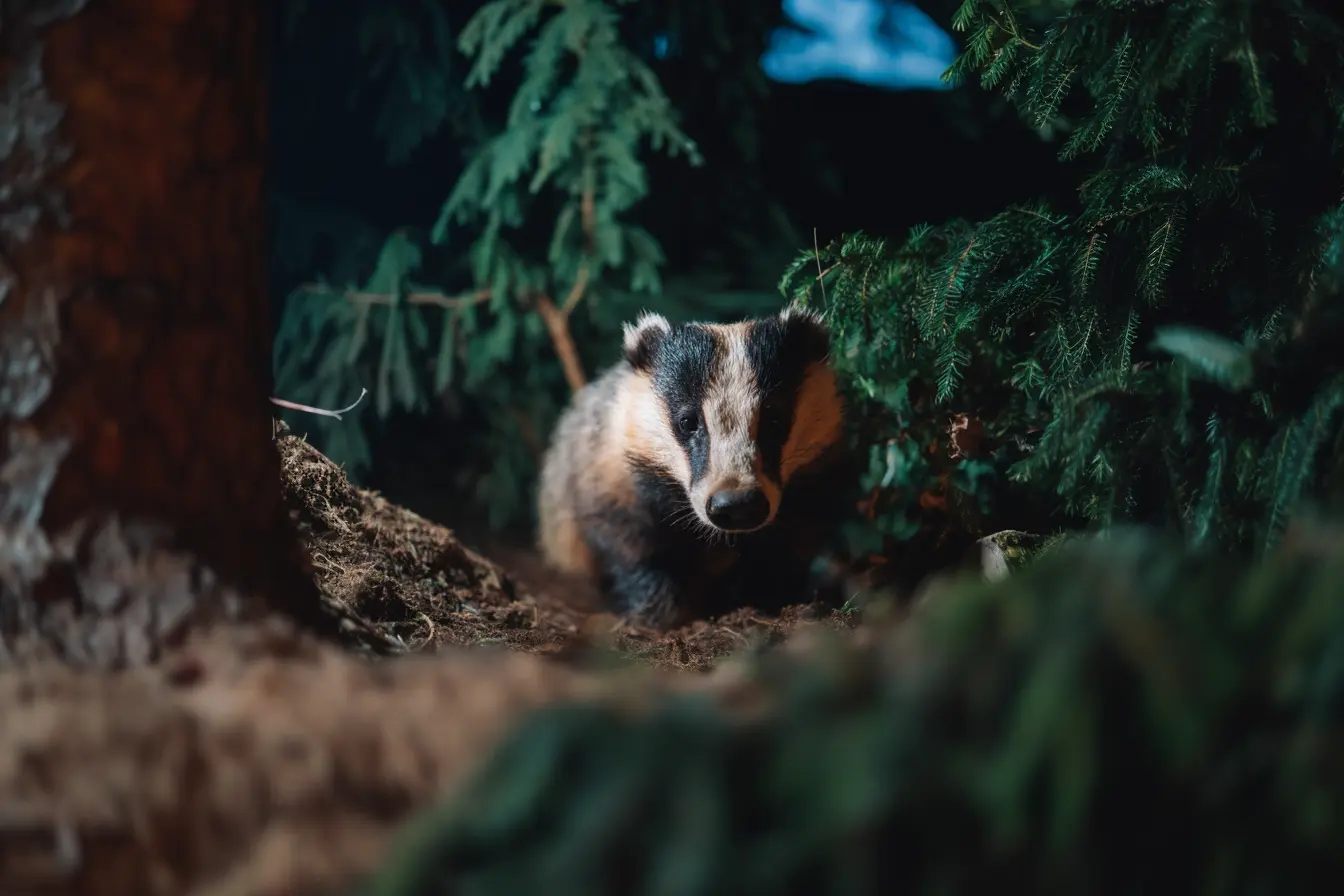
What It Means if You Find a Protected Species on Your Land
Discovering a protected species on your land can be an exciting moment – but it also comes with legal responsibilities. Whether you’ve spotted bats in your loft, newts in your pond, or badgers in the hedgerow, it’s essential to understand what the law says and how to act responsibly.
This guide is for UK homeowners and landowners who want to understand their obligations and the best course of action if they share their space with protected wildlife.
What Are Protected Species?
Protected species are animals and plants that receive legal protection under UK and international laws due to their rarity, vulnerability, or ecological importance. Protection typically covers the species itself and, in some cases, its habitat (such as breeding or resting places).
These laws are designed to prevent disturbance, injury, killing, or damage to habitats essential for the species’ survival.
Common Protected Species in the UK
Some of the most frequently encountered protected species on private land include:
- Bats (all species)
- Great crested newts
- Badgers
- Dormice
- Otters
- Slow worms and other reptiles
- Barn owls
- Water voles
- Certain orchids and wildflowers
Many of these species are fully protected under the Wildlife and Countryside Act 1981, the Conservation of Habitats and Species Regulations 2017, or the Protection of Badgers Act 1992.
What You Can and Cannot Do
If a protected species is found on your land, there are strict legal restrictions on what actions you can take. It is illegal to:
- Intentionally kill, injure or capture a protected animal
- Disturb them during breeding, hibernation or while rearing young
- Damage or destroy their habitat (e.g. bat roosts, badger setts, newt ponds)
- Obstruct access to their shelter or resting place
Even if the animal is not present at the time, destroying its shelter can be an offence.
Your Responsibilities as a Landowner
You are not automatically required to make changes to your land just because a protected species is present. However, if your activities could disturb the species or harm its habitat, you may need to:
- Stop work immediately (e.g. building, tree felling, pond draining)
- Seek expert advice from an ecological consultant
- Apply for a licence before continuing any potentially harmful activity
Failure to follow the law can result in prosecution, fines, or even imprisonment.
What to Do if You Discover a Protected Species
Here’s a step-by-step approach:
1. Observe Carefully
Make a note of the species, location, and any signs (e.g. tracks, droppings, nests, burrows, or roosts). Take photographs if safe to do so.
2. Don’t Disturb
Avoid interfering with the animal or its habitat. Do not attempt to move, trap, or block access to their shelter.
3. Seek Professional Advice
Contact a licensed ecologist or wildlife consultant to carry out a professional survey. They can confirm the species, assess any legal implications, and advise on mitigation options.
4. Notify the Relevant Authorities
If planning work is involved, your local council may require a protected species survey as part of your planning application. In some cases, you may also need to notify:
- Natural England (or NatureScot/Natural Resources Wales)
- The Bat Conservation Trust (for bats)
- Local Wildlife Trusts
5. Apply for a Licence (if necessary)
If the work cannot avoid affecting the species or its habitat, you may need to apply for a mitigation licence from Natural England. Licences allow certain activities to proceed legally, provided that appropriate mitigation measures are in place.
How This Affects Planning and Development
If you’re planning to build, renovate, or develop land where a protected species may be present:
- Surveys may be required during specific seasons (e.g. for bats or newts)
- Delays are possible, especially if a mitigation licence is needed
- Planning permission may be refused or delayed if proper assessments aren’t carried out
Always check early in the planning process to avoid costly setbacks.
Supporting Wildlife on Your Land
While legal protection is important, many landowners choose to actively support wildlife:
- Maintain or create habitats such as ponds, wildflower meadows, or hedgerows
- Install bat boxes, bird nest boxes, or hedgehog highways
- Avoid pesticides and garden chemicals
- Manage land in a way that balances human needs with nature
By working with, rather than against, nature, you can contribute to the conservation of valuable species – and often enjoy a healthier, more biodiverse environment.
Final Thoughts
Finding a protected species on your land isn’t a disaster – in fact, it can be a sign of a healthy ecosystem. However, it does carry important responsibilities. With the right approach and expert guidance, it’s possible to protect both the species and your property plans.
When in doubt, always stop, seek advice, and act responsibly. Respecting protected wildlife is not only the law – it’s the right thing to do.
Useful Resources
- Natural England: Wildlife Licensing
- Bat Conservation Trust
- Froglife – Amphibian and reptile conservation
- PTES – Mammal surveys and conservation
- RSPB – Wildlife and the law
Be a guardian of nature – and stay on the right side of the law.
Vets near you
Speciality vets
- Aquatics vet specialists
- Birds vet specialists
- Camelids vet specialists
- Cats vet specialists
- Cattle vet specialists
- Deer vet specialists
- Dogs vet specialists
- Equines vet specialists
- Exotic vet specialists
- Goats vet specialists
- Pigs vet specialists
- Poultry vet specialists
- Sheep vet specialists
- Small Mammals vet specialists
- Wild vet specialists



